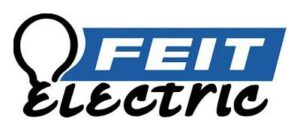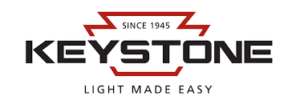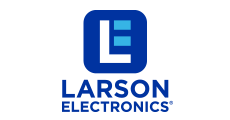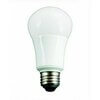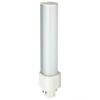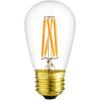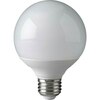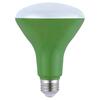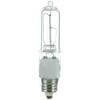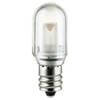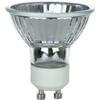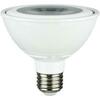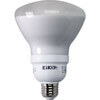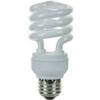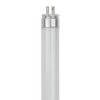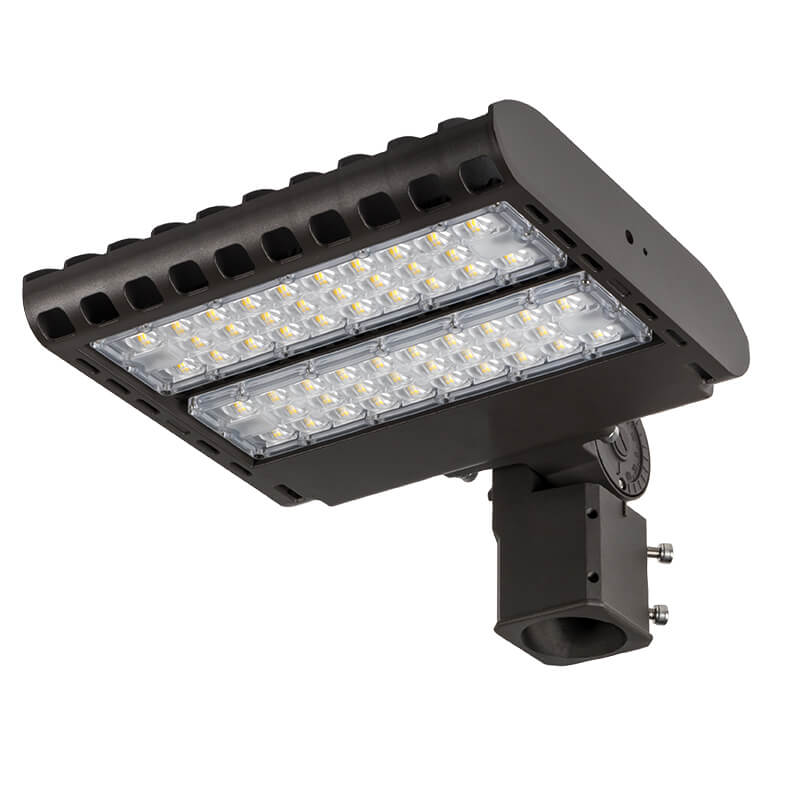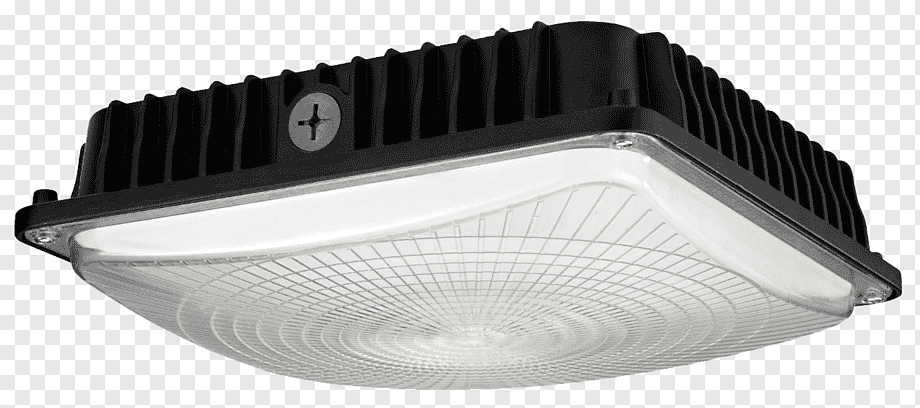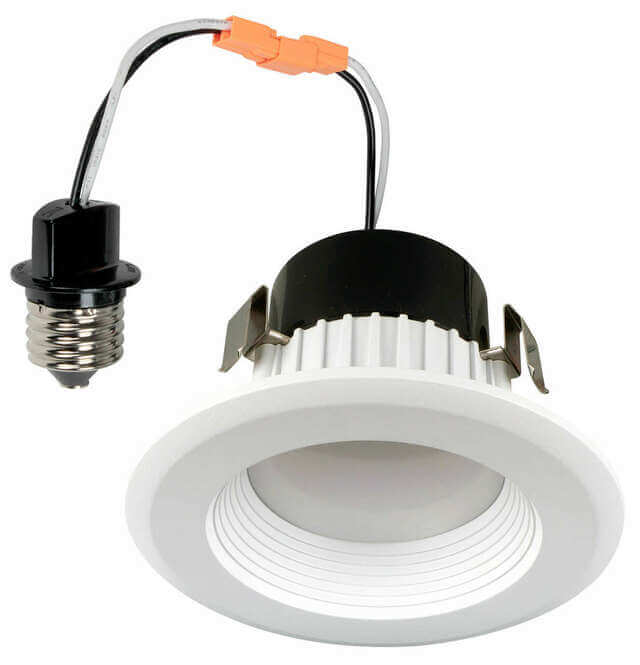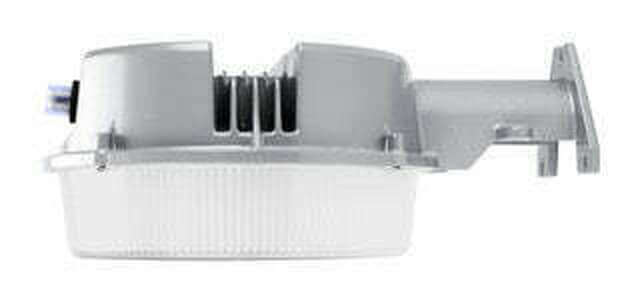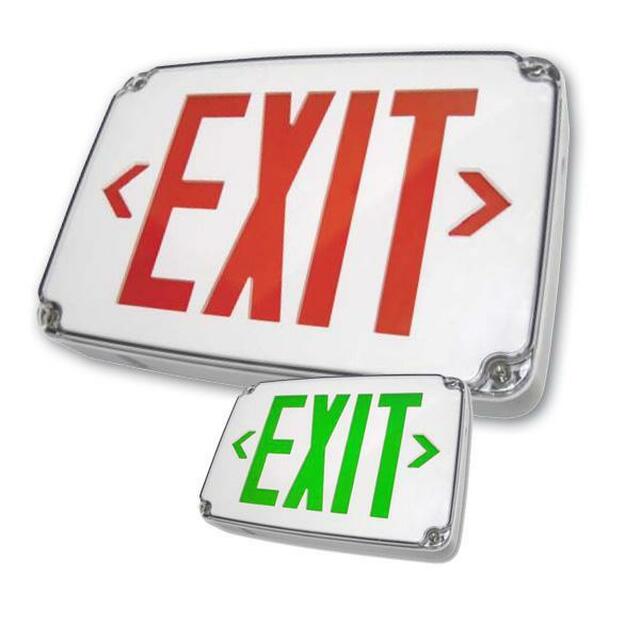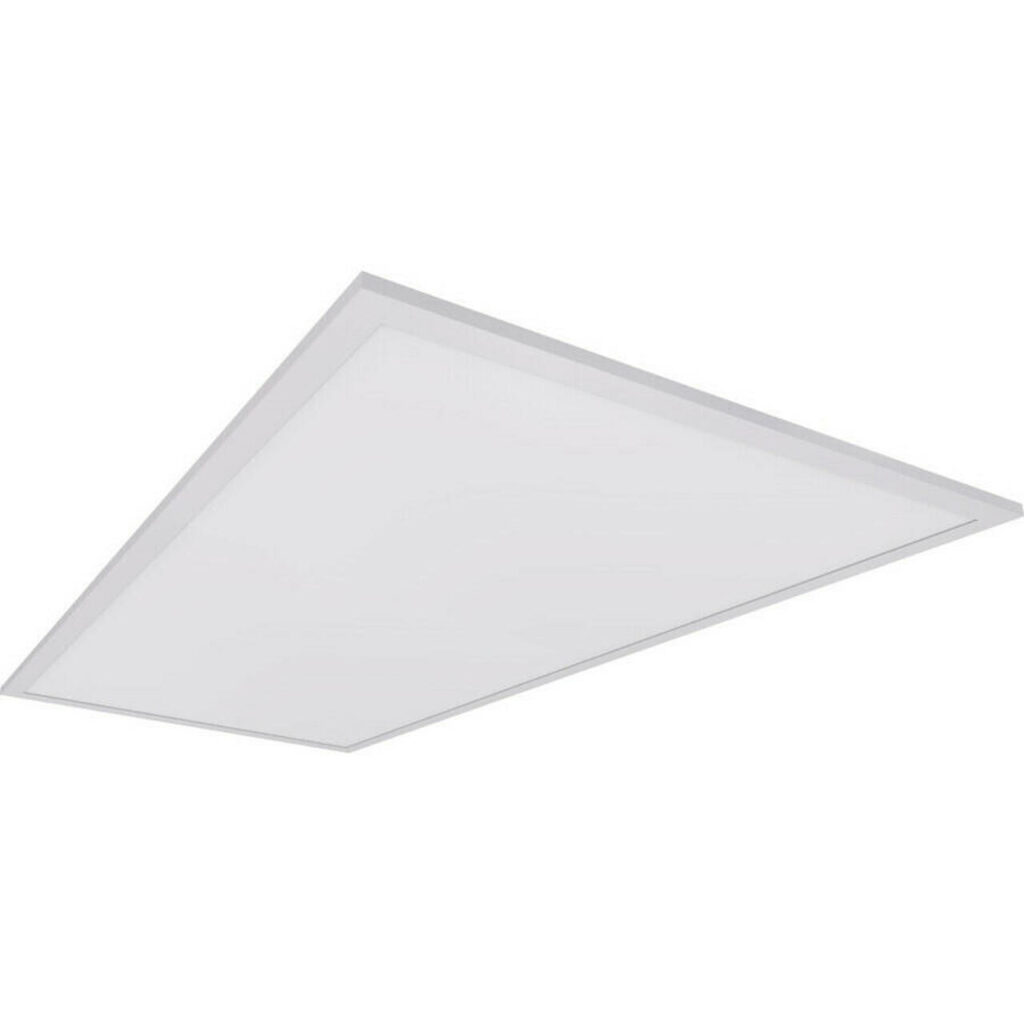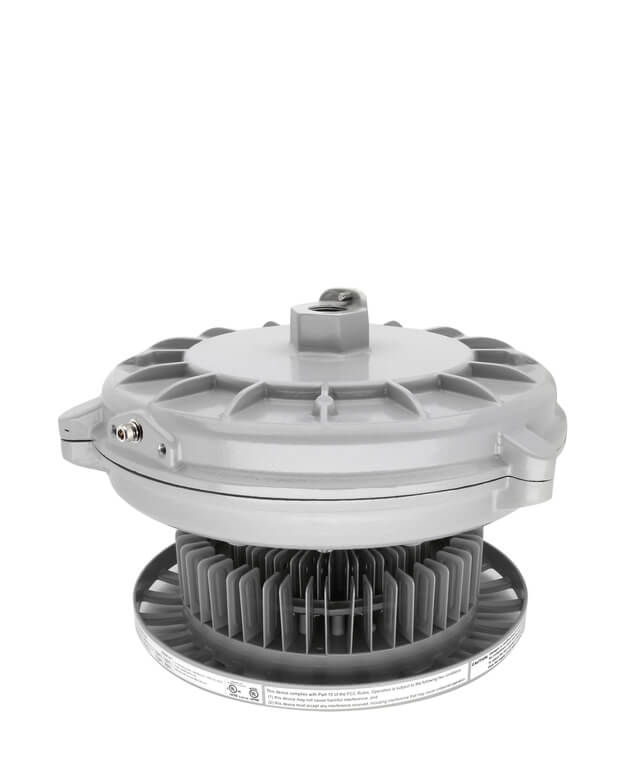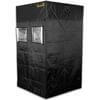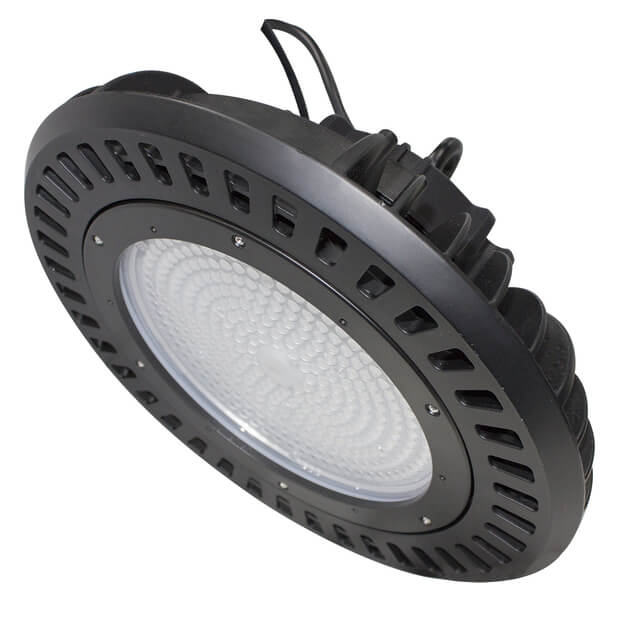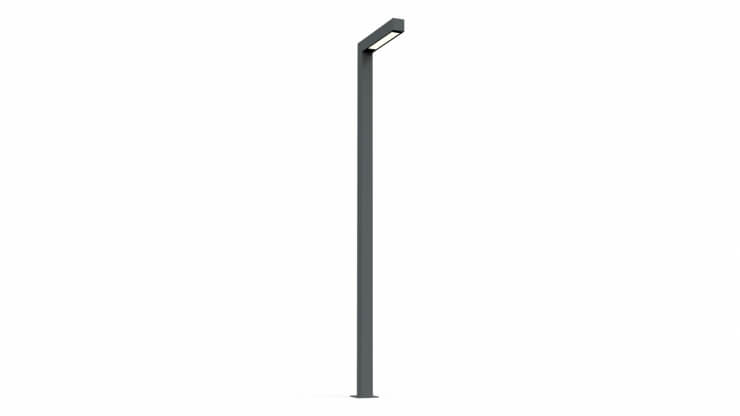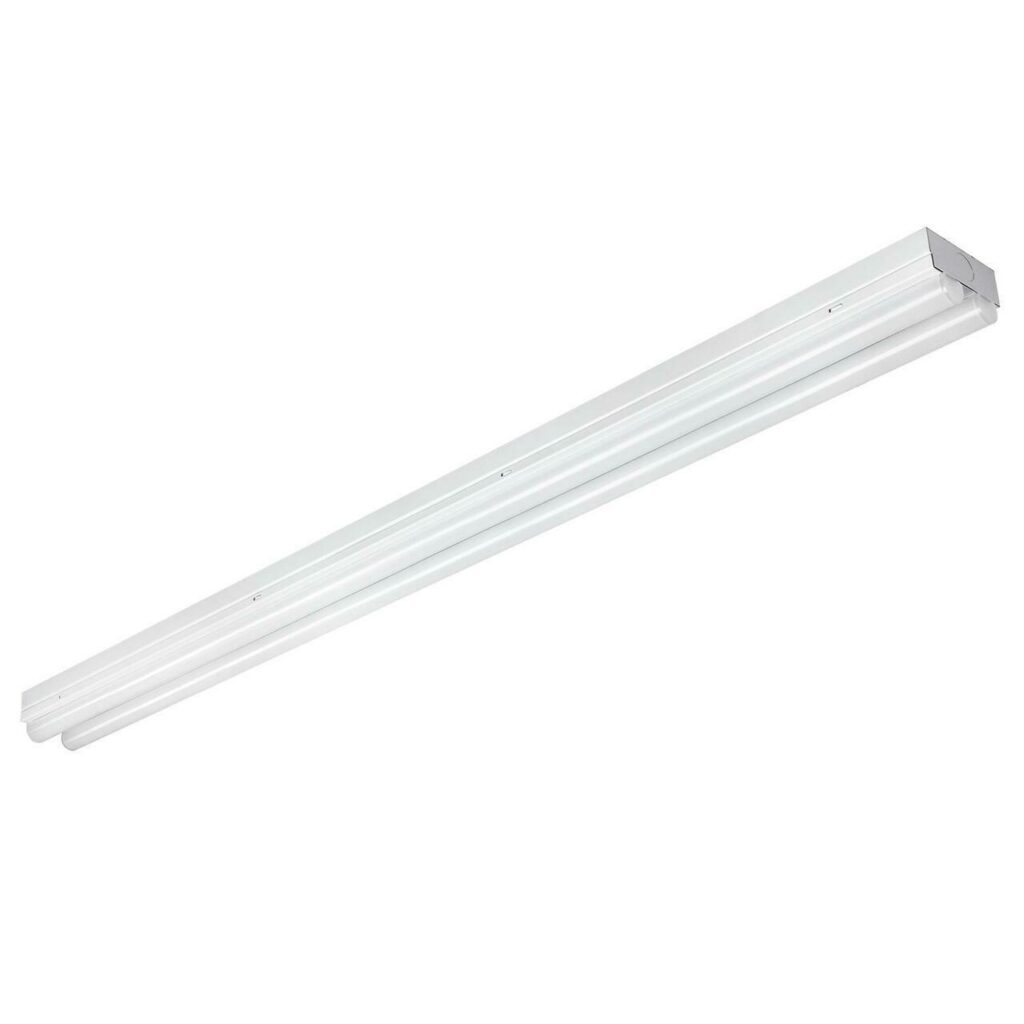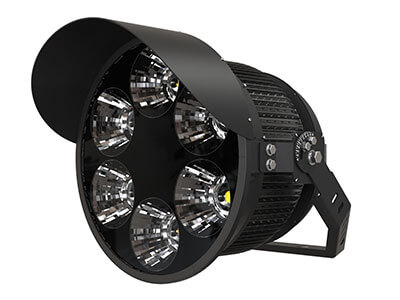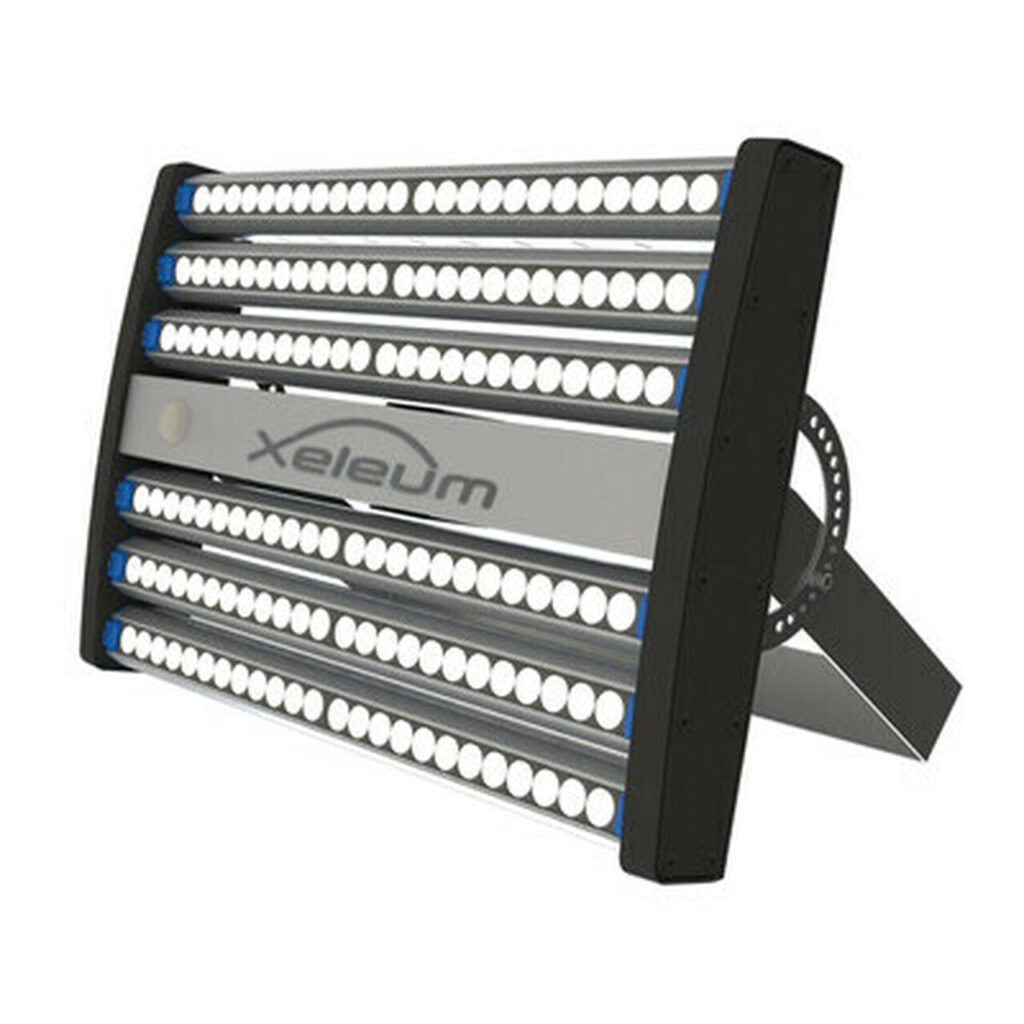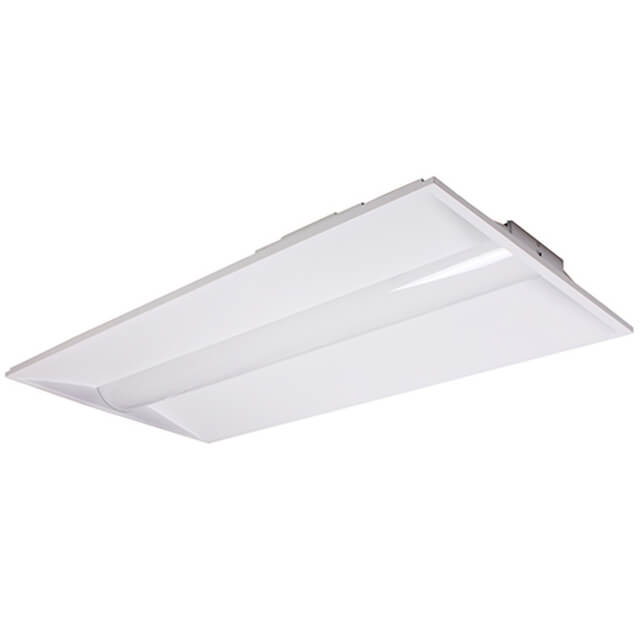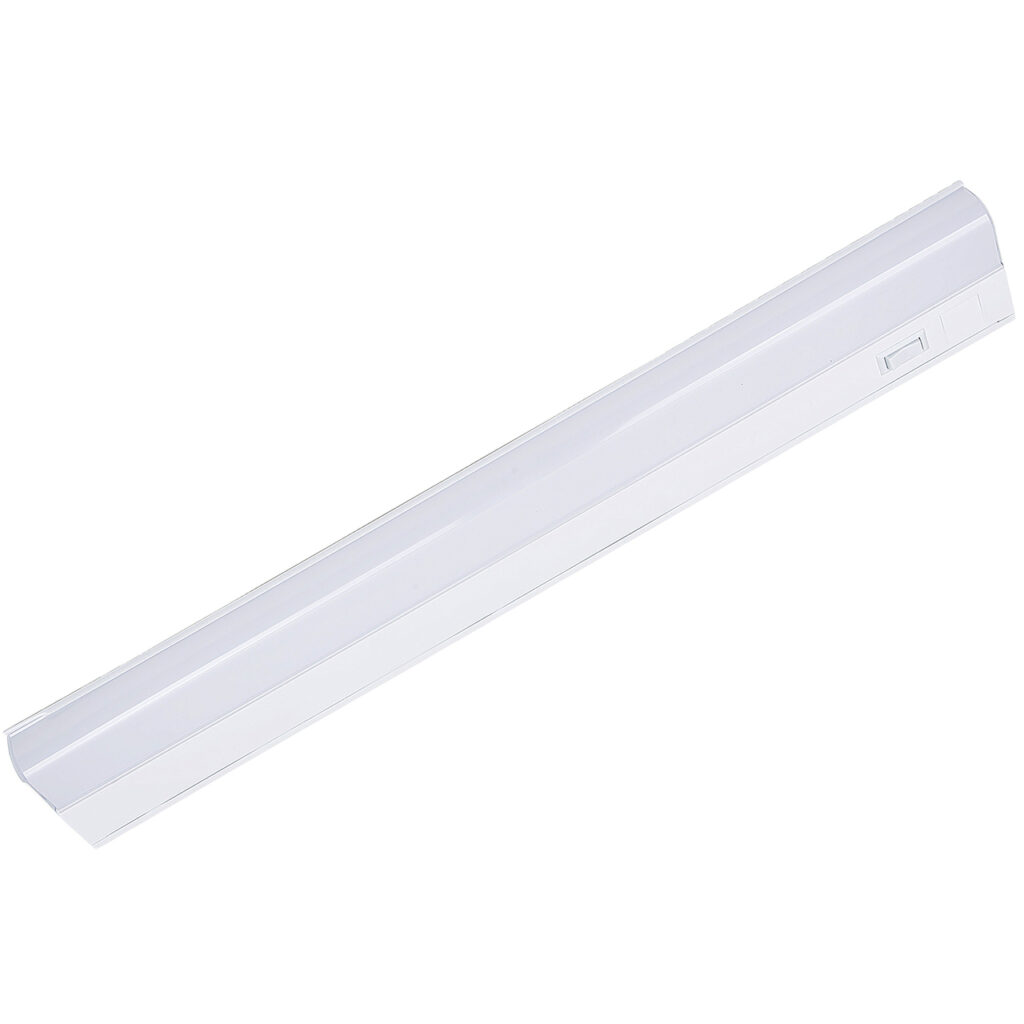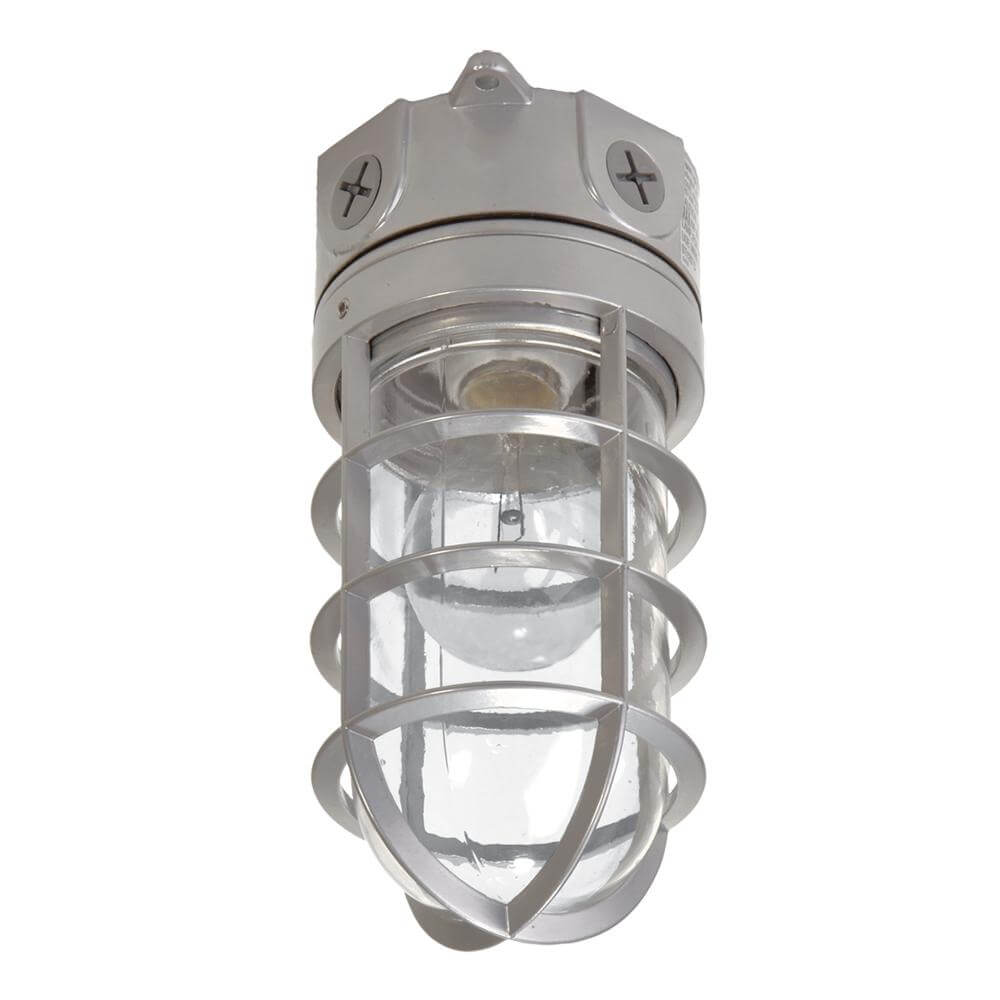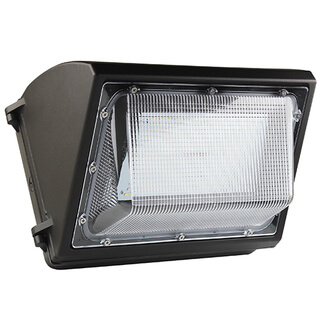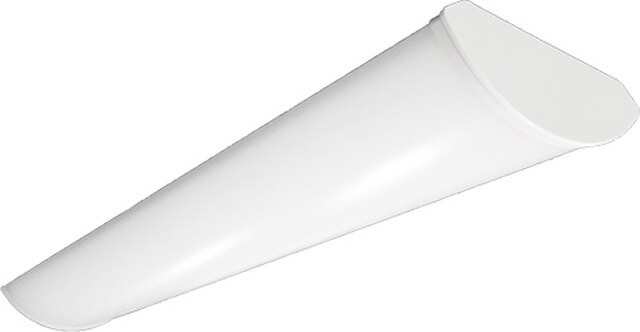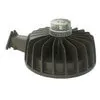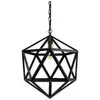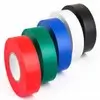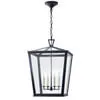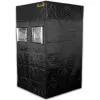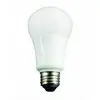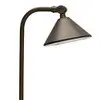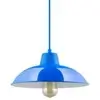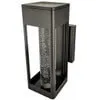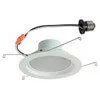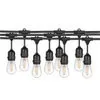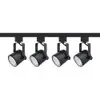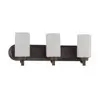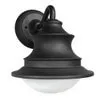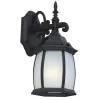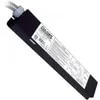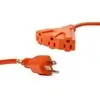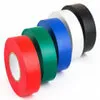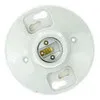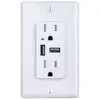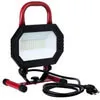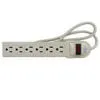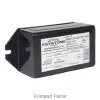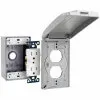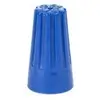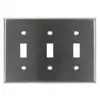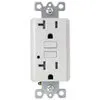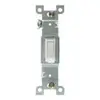LED wall packs are becoming a popular option for customers through commercial and industrial use. LED technology has progressed enough in recent years to become more efficient in producing quality light and having a long period of use. LED wall packs offer a modern appearance to locations and come in a variety of designs and colors.
In the past, high-pressure sodium light fixtures were used to brighten areas up because of their very strong light output. But with outdoor LED commercial lights offering a better and cost-effective alternative, everyone can save a considerable amount of money on operating and maintenance costs. Some consider LED lights to be one of the best inventions for great light output and other workplace improvements.
Looking to discover more about LED wall packs? How much do you actually know about them and have you ever purchased LED wall packs for yourself? Continue reading our guide about all the best information you need to know about LED wall packs and why you should consider buying them.
What Are Wall Pack Lights?
We know that wall pack lights are both confusing and alien to some people. So to give you a clear picture of what wall pack lights are, let’s give you a definition.
Wall pack lights are lights that are fixed to a building’s exterior and they are normally on a wall that faces outwards from a building.
These lights help to create visibility in outdoor areas and spaces.
Wall pack lights are not necessarily mounted to one specific height. Some buildings have these lights mounted at the top of the building, and others have them mounted further down.
It all depends on what’s appropriate for a particular building and the area that they would like the light to cover.
What Are LED Wall Packs?
At their core, LED wall packs are energy-efficient lights placed on a wall to light up all types of properties. These can be applied to a standard home, office, or industrial building of any type. LED lights can last much longer than traditional lighting setups and will help lower a number of costs for those who install them.
The most common LED lights you see are wall packs are outside of buildings. They are easy to install and maintain over time, as well as versatile to work with. LED wall packs can also be modified with accessories such as motion sensors, photocells, and battery packs for extra functionality.
The wattage and illumination for an LED wall pack can vary, as they are available for a wide range of commercial applications. Based on illumination requirements and necessities, LED wattage can go from 12W to as high as 120W. Because LED lights can use less power than traditional light fixtures, they can provide higher illumination while using up less electricity.
Other Different Types of Wall Packs
When browsing through the different kinds of LED wall packs to buy, there are a lot of options for almost any scenario. There are about seven different kinds of LED wall packs according to the Design Lights Consortium. These include non-cutoff, full-cut off, fixed-cutoff, traditional wall packs, architectural, high-output, and premium.
Each of the LED wall pack types offers lighting for all types of applications. Some offer a directional light that can be aimed downward, while others provide more range of angles to direct light up or down, as well as a higher brightness in some cases. Some types also help reduce light pollution and can blend into the surrounding environment with their design.
High-Pressure Sodium Light
High-pressure sodium lights are normally cheaper than other lights because of their energy efficiency qualities. However, they don’t do the greatest job at keeping areas well lit.
They are normally used in places that need to have a large area well lit. This can include places like warehouses, construction areas, and large car parks directly beside recreational buildings.
Another downside to high-pressure sodium lights is that they can take a while to heat up. So if you need them to be fully functioning quickly, they probably aren’t the best choice for you.
Fluorescent Light
This kind of lighting can be a bit of a double-edged sword. On one hand, these lights are reasonably cost-efficient and also energy efficient.
On the other hand, there is always a risk with them in terms of the amount of mercury that they can contain. This means that anyone close to these lights regularly should be careful.
Also, depending on the waste procedures for lighting in your area, they can be tricky to dispose of.
Sodium Vapor Light
A lot of wall pack lights contain sodium vapor light. While they can be beneficial and they give off a good array of light, they aren’t necessarily the best lights to use.
Typically sodium vapor lights are easy to identify because they give off a deep yellow glow that shines throughout an area.
While not everyone is a fan of these lights, they aren’t the worst lights on this list. Although you should be aware that they can be expensive to run.
Over time, this can run up your bills, and there are much cheaper options out there. If you have a large area that requires multiple wall pack lights then you should consider the cost of sodium vapor lights.
LED Lights Save Money
You can save a considerable amount of money by installing LED wall pack lights. Not only does less power consumption mean lower energy bills, but it doesn’t cost much to replace older lights with them. The installation of LED lights is quick and applicable to almost any kind of building with any kind of room.
LED wall packs can last about 76,000 hours when used 24 hours a day, 7 days a week. That is around 9 years of continuous use without the need to manage or repair them. Businesses don’t have to pay large amounts to repair LED lights on a constant basis, which can save a lot of money in the long run.
LED Light Color Temperature
Wall packs of LED lights also have a number of color temperatures available. Depending on the application, buying a wall pack that produces a certain kind of light may be a better option than most. The color temperature is measured in Kelvin (K), with the color of the light changing when on the higher end of the scale.
Warmer or softer light is around 3000K, which is used for residential areas. Neutral white light is brighter at around 4000K, having a hue that is like moonlight and gives off cooler hues. At around 5000K is white light that is similar to daylight, giving off a very energizing feel and bright enough to showcase a high level of detail.
Applications of LED Wall Packs
As we mentioned earlier, wall pack lights are mainly used in areas that need to be illuminated. However, people use them around their business buildings and in other places too.
One of the most common places you can expect to see this light is on a construction site. Construction sites need to be well lit particularly when heavy machinery and vehicles are traveling throughout an area.
Another place where wall pack lights can be found is in parking garages where there are car parks and parking lots. This can include car parks beside a shopping mall, hospitals and near large workplaces.
Aside from garages, these lights get used in both underground and surface-level tunnels.
There are a lot of ways an LED wall pack is a part of daily life, some of which you might notice around you daily. Tunnels and walkways will have LED wall packs mounted above to brighten the surrounding area for pedestrians. This is helpful to light up dark areas with heavy space limitations.
The exterior of commercial buildings is a popular use for LED wall packs, for both commercial and industrial buildings. Wall packs can be placed on vertical walls and brighten the ground adjacent to the building. This is great for illuminating walkways, parking spaces, or other key locations for a building.
The same thing can be for lighting up walls and entryways to a variety of buildings. Areas like gas stations, garages, or convenience stores where there is a lot of traffic will have this. Warehouses that have shelves or other structures overhead may have LED wall mounts to light up obstructions within the area.
Upgrading to LED Wall Packs
With our LED wall packs guide, you can see that there are many benefits to using LED technology for lighting. They are a great improvement over previous lighting fixtures that are more efficient, easier to work with, and cost-effective in a variety of ways.
Upgrading to LED lighting with LED wall packs will help improve the visibility of any area while also yielding many other benefits over time.
Looking for LED wall pack tips or want to buy an LED wall pack for yourself? Contact Lighting and Supplies today! We’ve got resources about LED lights and information on solutions for indoor and outdoor lighting applications for commercial and industrial use.


